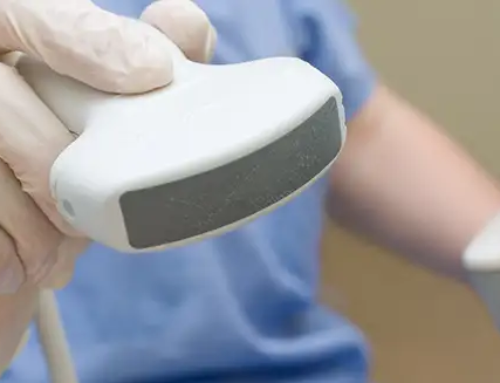
All anesthesia providers who perform regional anesthesia will eventually encounter a wrong-sided block situation. This article will help regional anesthesia providers formulate a plan/protocol to help prevent these NEVER events.
Preventing wrong-sided blocks
Ha, Jihye MD
https://journals.lww.com/anesthesiaclinics/citation/2024/06220/preventing_wrong_sided_blocks.8.aspx
As more providers begin to perform regional anesthesia, the number of wrong-sided nerve blocks is likely to increase. Patients and families tend to lose confidence in medical facilities and providers anytime there is an error. The National Quality Forum labels wrong-site errors as a serious reportable event. In one study, Anesthesia accounts for 12.1% of wrong-site errors. There are many different reasons why these wrong-sided blocks can occur with regional anesthesia. This article clearly defines the risk factors and how to minimize the chances of a wrong-sided nerve block.
As a provider who has performed a wrong-sided nerve block, I know the issues involved with reporting the event and dealing with risk management. This article provides great information on how to prevent a wrong-sided block. A Time-Out is helpful, but there are more details to include.
About the Author: Stace Dollar is a Maverick Medical Education instructor, co-founder of Thoroughbred Anesthesia Academy and a respected figure in nurse anesthesia, specializing in acute pain management and Enhanced Recovery After Surgery (ERAS) protocols. With a Master of Science in Nurse Anesthesia from the Middle Tennessee School of Anesthesia and numerous contributions to pain management research, Stace continues to lead in both practice and education in the medical community.


